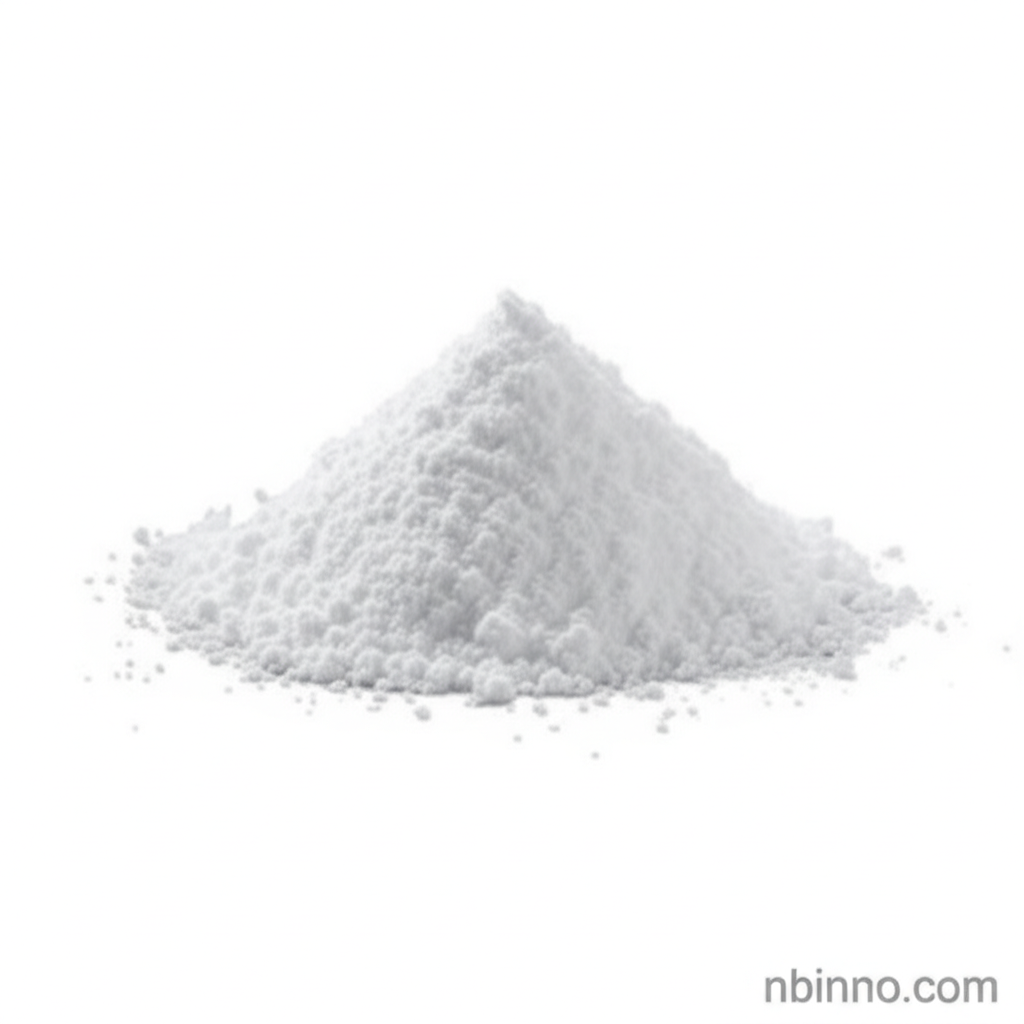Avibactam Sodium: A Potent Beta-Lactamase Inhibitor for Combating Antibiotic Resistance
Revolutionary approach to fight drug-resistant bacteria and restore antibiotic efficacy.
Get a Quote & SampleProduct Core Value

Avibactam Sodium
Avibactam sodium is a critical diazabicyclooctane beta-lactamase inhibitor (BLI) designed to combat the growing threat of multidrug-resistant bacteria. By effectively inhibiting a broad spectrum of beta-lactamases, it restores the activity of beta-lactam antibiotics, making them effective once again against challenging Gram-negative pathogens.
- Understanding beta-lactamase inhibitors explained is key to appreciating Avibactam Sodium's role in modern medicine.
- Avibactam sodium's mechanism of action involves irreversibly binding to and inactivating beta-lactamase enzymes.
- It is primarily used in combination therapy, enhancing the efficacy of antibiotics like ceftazidime.
- The high purity (>98%) and white crystalline powder form ensure consistent quality for pharmaceutical applications.
Advantages of Avibactam Sodium
Restores Antibiotic Efficacy
Avibactam sodium's primary advantage is its ability to overcome bacterial resistance mechanisms, making previously ineffective antibiotics potent once more against difficult infections.
Broad-Spectrum Inhibition
It inhibits a wide array of beta-lactamases, including important classes like KPC, AmpC, and OXA, providing comprehensive protection for co-administered antibiotics.
Combating Antibiotic Resistance
This compound is a vital tool in the global effort of combating antibiotic resistance, offering hope against infections that are otherwise untreatable.
Key Applications
Treatment of Complex Infections
Avibactam sodium is crucial for treating complicated urinary tract infections and intra-abdominal infections caused by resistant Gram-negative bacteria.
Hospital-Acquired Pneumonia
It is used in combination therapies to combat hospital-acquired bacterial pneumonia (HABP) and ventilator-associated bacterial pneumonia (VABP).
Pharmaceutical Intermediate
As a pharmaceutical intermediate, it plays a role in the synthesis of new drug candidates and combination therapies aimed at tackling evolving bacterial resistance.
Research and Development
Its unique properties make it a subject of ongoing research for developing novel antimicrobial strategies and understanding resistance mechanisms.
